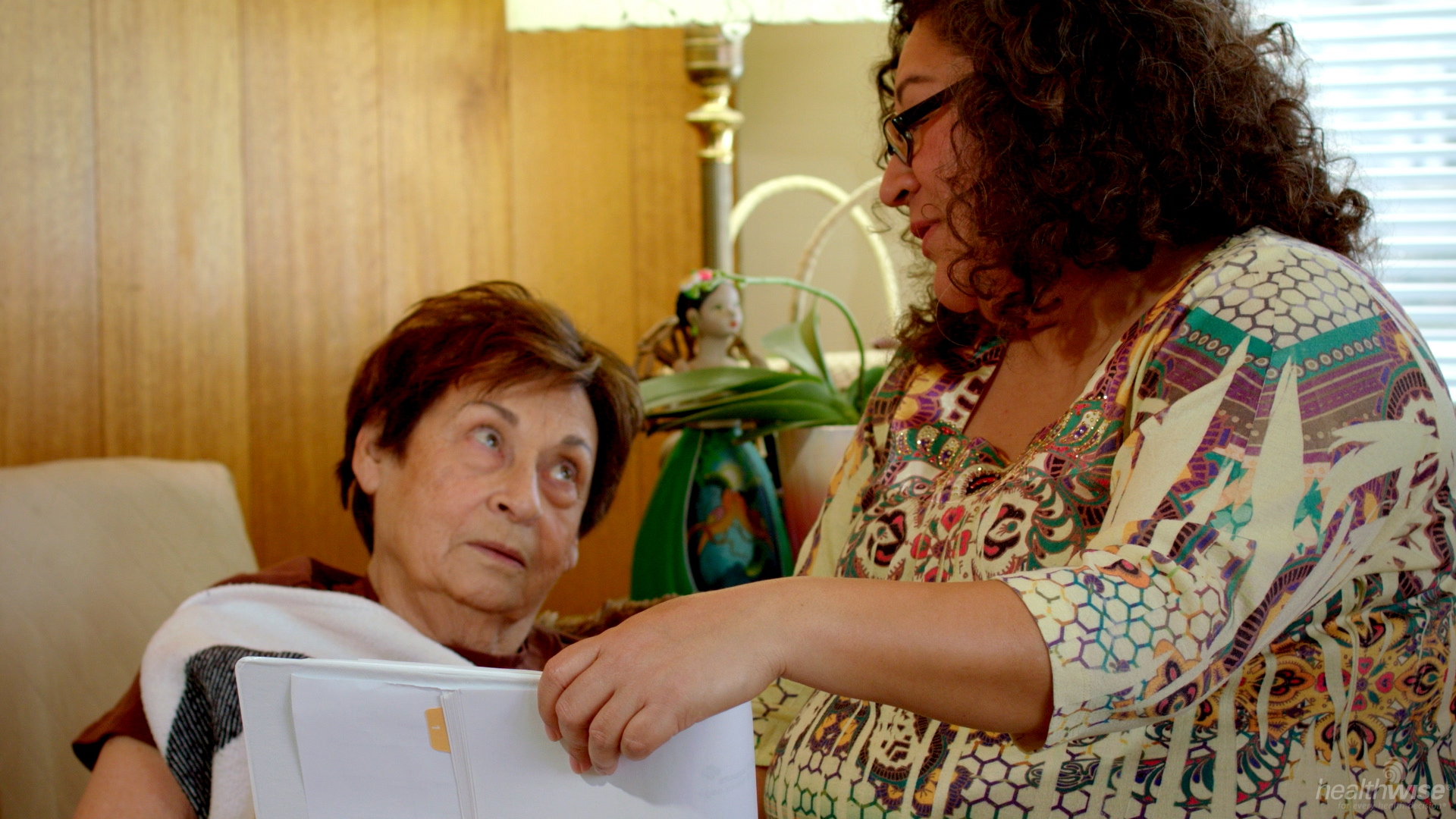Caregiving: Making a Home Safe
Topic Overview
You can help protect the person in your care by making the home safe.
- Pad sharp corners on furniture and countertops.
- Keep objects that are often used within easy reach.
- Install handrails around the toilet and in the shower. Use a tub mat to prevent slipping.
- Use a shower chair or bath bench when the person bathes.
- Provide good lighting. Put night-lights in bedrooms, hallways, and bathrooms.
- Have a first aid kit.
Fire and carbon monoxide protection
- Install smoke detectors and a carbon monoxide detector in the home, and change the batteries at least once a year.
- Have a plan for getting out of the home if there is a fire. Practice by having a fire drill.
- Keep a fire extinguisher in the kitchen.
Safe temperatures
- Lower the hot water temperature setting to 120°F (49°C) or lower to avoid burns.
- When helping someone bathe, use the back of your hand to test the water to make sure it's not too hot.
- Make sure coffee or tea is not too hot.
Tips to prevent falls
- Keep rooms uncluttered, with clear walkways around furniture.
- Remove throw rugs to prevent tripping.
- Keep electrical cords off the floor.
- Fix loose, broken, or uneven steps.
- Make sure all steps have handrails.
- Don't leave items on stair steps.
Extra safety for people with dementia
If you are caring for someone who has dementia, think about making these changes:
- Don't move furniture around. The person may become confused.
- Use locks on doors and cupboards. Lock up knives, scissors, medicines, cleaning supplies, and other dangerous items.
- Use hidden switches or controls for the stove, thermostat, water heater, and other appliances.
- If your loved one is still cooking, think about whether that is safe. It may be okay with some help, depending on your loved one's condition. But for people who have memory or thinking problems, it's best to avoid any activities that might not be safe.
- If the person tends to wander or to try to leave the home, install motion-sensor lights on all doors and windows.
- Have emergency numbers in a central area near a phone. Include 911 and numbers for the doctor and family members.
- Get medical alert jewelry for the person so you can be contacted if he or she wanders away. If possible, provide a safe place for wandering, such as an enclosed yard or garden.
Related Information
Credits
ByHealthwise Staff
Primary Medical Reviewer Adam Husney, MD - Family Medicine
Kathleen Romito, MD - Family Medicine
Specialist Medical Reviewer Teresa L. McGillick, RN - Registered Nurse
Current as ofJanuary 5, 2018
- Top of Page
Next Section:
Related Information
Previous Section:
Topic Overview- Top of Page
Next Section:
Credits
Previous Section:
Related Information- Top of Page
Current as of: January 5, 2018


